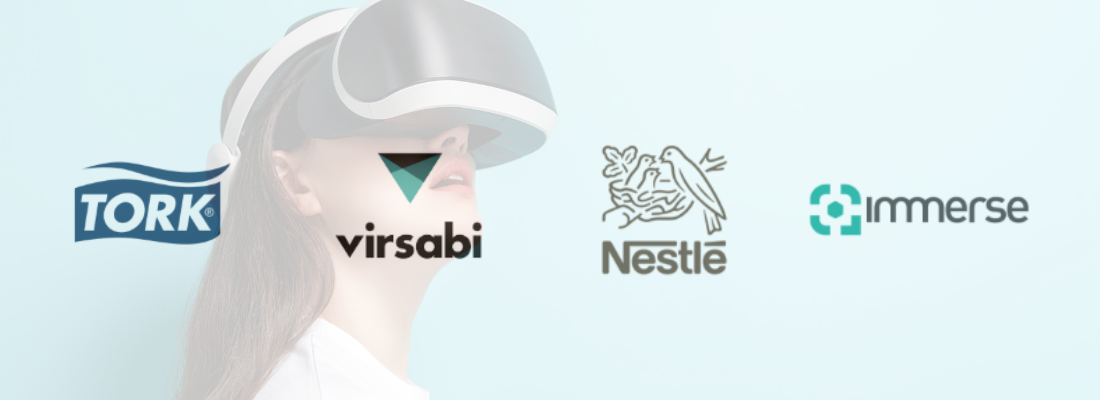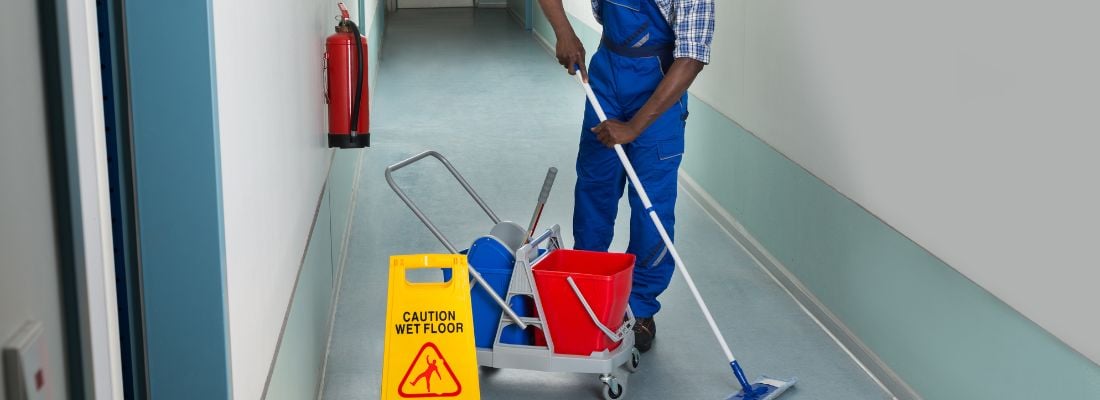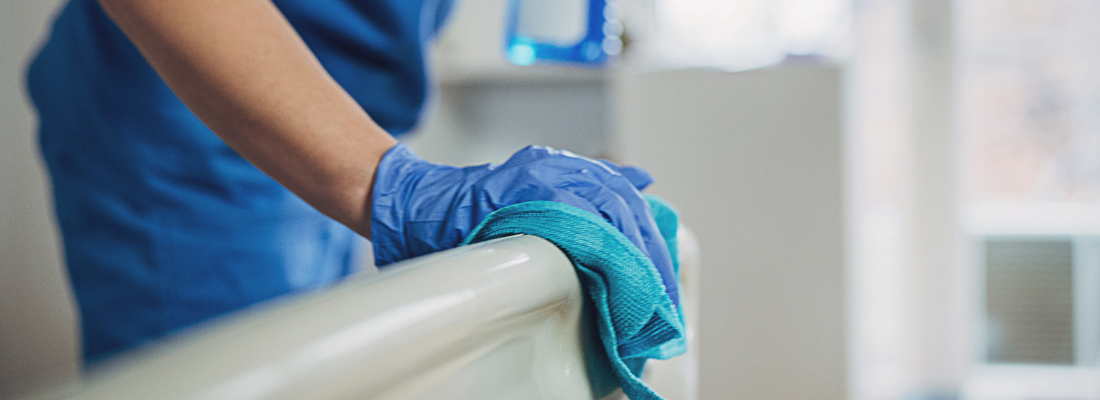Small Devices in Healthcare: Cleaning Challenges
A lot of small devices are used in healthcare environments and due to new technologies, the number is increasing. Because of multiple reasons most of these handheld devices are difficult to clean and disinfect.
What devices are we talking about?
Small devices used by medical staff and patients are the problem. Think about remote TV controls, tablets and mobile phones but also medical equipment like blood glucose meters, pulse oximeters, electrocardiogram leads and electrodes, ultrasound probes, endoscopes, nebulizers, inhalers, blood pressure cuffs, thermometers, stethoscopes and capnography sensors.
What is the problem?
Cleaning and disinfection challenges occur because of the size, design, sensitivity of materials or devices used at multiple patients frequently (e.g. stethoscope). Small ports, delicate skin sensors, small parts en small openings. Intricate surfaces and crevices that can be difficult to clean and disinfect effectively. That are the most important issues you are facing when cleaning or disinfecting these small devices.
What to do?
Most important is to follow the cleaning and disinfection instructions of the manufacturer and use the instructions as a bases to develop cleaning protocols specific to each device. The use of appropriate chemicals (if needed) and equipment to ensure thorough cleaning and disinfection without damaging the device is essential because in general we deal with sensitive, costly equipment. And not to forget regular training of healthcare staff on cleaning and disinfection procedures is crucial as well.
Apart from the specific instructions of the manufacturer there are some general guidelines:
- Avoid getting moisture into any openings or ports.
- Pay particular attention to the sensor area, ensuring it's clean and free from debris.
- Disposable high quality microfiber wipes moistened with only water will clean appropriately. For instance, Vileda Professional r-MicronSolo disposable microfiber wipe.
- If the use of a detergent is prescribed by the manufacturer, make sure that there is no residue of the detergent after cleaning.
- Allow electrodes to air dry completely before re-use.
- Use non-abrasive cleaning materials.
- Pay attention to crevices and edges where debris may accumulate.
- Avoid immersing in liquid unless specifically instructed by the manufacturer.
- Use brushes and flushing tools if they are recommended by the manufacturer to remove debris from small channels and crevices.
- Ensure proper drying of instruments after cleaning to prevent microbial growth.
- Pay extra attention to surfaces in contact with the patient's skin.
- Avoid submerging electronic components in liquid unless specified by the manufacturer.
What else is important?
Who cleans what?
In most healthcare facilities others than the environmental cleaning staff have cleaning and disinfection tasks as well, for instance nurses. Usually, it is clear who is responsible for cleaning and disinfection of the small devices. It is described in protocols and all involved are aware of it. But sometimes it happens that things are not clear. It is not in the protocols, or, for some kind of reason it is in the protocols, but employees are not aware of it. If this happens, and I have seen it a couple of times, it can happen that the object is not cleaned at all, because the cleaning staff believes the nurses are cleaning the object and the nurses think cleaning staff executes it. In one occasion an “unexplainable” outbreak was reported which turned out to be caused by the issue I just described. A costly and inconvenient misunderstanding.
Behaviour and discipline
Describing when and how devices should be cleaned and disinfected is the easiest part. Training and repetition of training is already a little bit more complicated but definitely the hardest part is getting things done as they should be done. In all cases where people are involved in the cleaning and disinfection process, behaviour is the most dominating factor that determines the result that we want to achieve.
There are for instance some interesting studies about the contamination of stethoscopes(1). Stethoscopes are frequently used and at multiple patients which makes these devices a serious risk in terms of cross contamination. Consequent cleaning and disinfection (if needed) after using it on a patient depends mainly on behaviour.
Ing. Paul Harleman | Global Application Manager | Vileda Professional | Vermop | Oates
Literature
(1) Eleftheria Fafliora et al, Bacterial contamination of medical devices in a Greek emergency department: Impact of physicians’ cleaning habits, ScienceDirect July 2014
(1) Yves Longtin et al, Contamination of stethoscopes and physicians' hands after a physical examination, ScienceDirect March 2014
(1) Love Patel et al, Controversies on the Stethoscope During COVID-19: A necessary tool or an unnecessary evil?, ScienceDirect Februari 2021








